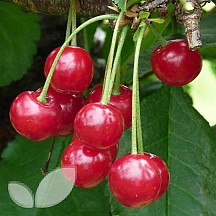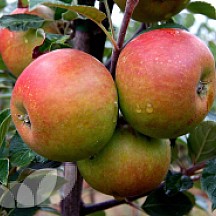Fruit Trees - Orders for 2025 now closed.
Would you like a fruit tree for your garden?
Fruit Trees
Now available for order - for collection on March 22nd 2025
For our first year we have Apple and Cherry trees available at a subsidised price of just £15 each. These will be ready for collection on March 22nd in Easebourne or Lodsworth.
-
Fruit Tree
Cherry Tree – Sunburst
£15.00 Select options This product has multiple variants. The options may be chosen on the product pageRated 0 out of 5 -
Fruit Tree
Apple Tree – Cox’s Orange Pippin
£15.00 Select options This product has multiple variants. The options may be chosen on the product pageRated 0 out of 5
New Fruit Trees in Park looking good
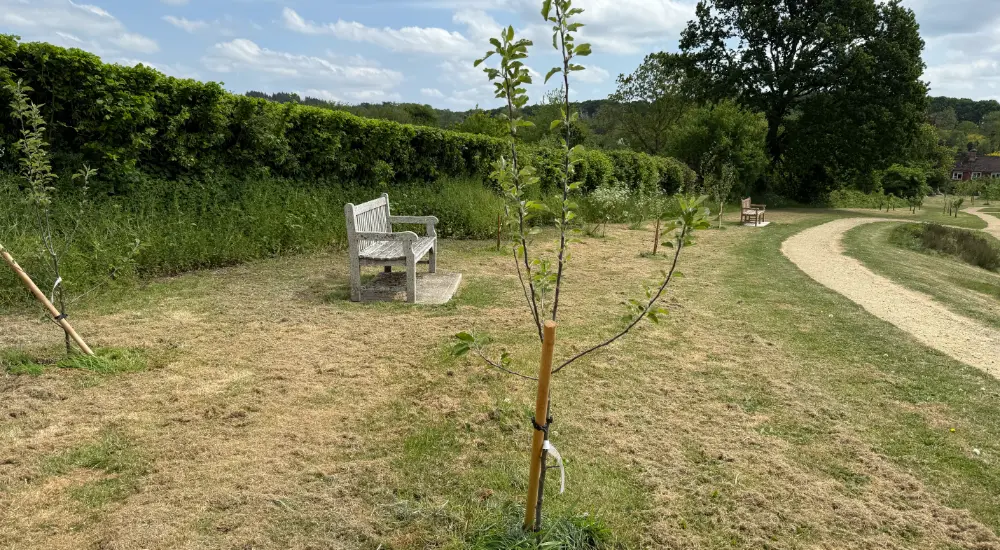
These Apple tress we planted in the Easebourne park in March and now 6 weeks later are looking great thanks to attentive watering by the park team
Fruit Trees
Care Guide
Fruit Trees
Six reasons to plant fruit trees
Increasing the UK’s tree coverage is vital for carbon capture, cleaner air and shade coverage as the climate warms. But have you considered fruit trees for your tree-planting mission? There are many excellent reasons to chose fruit trees when it comes to planting season! Read on to find out more.
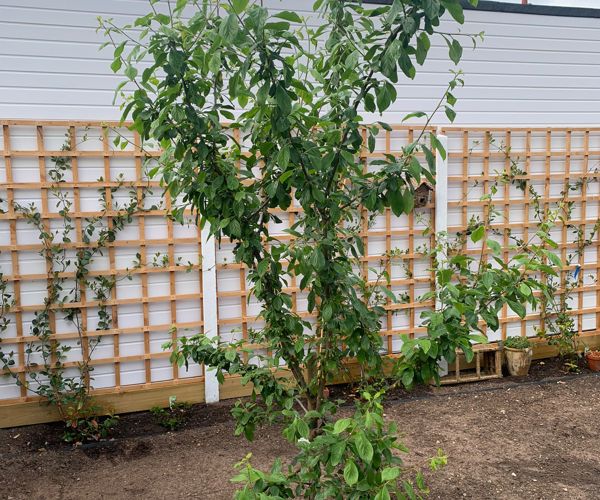
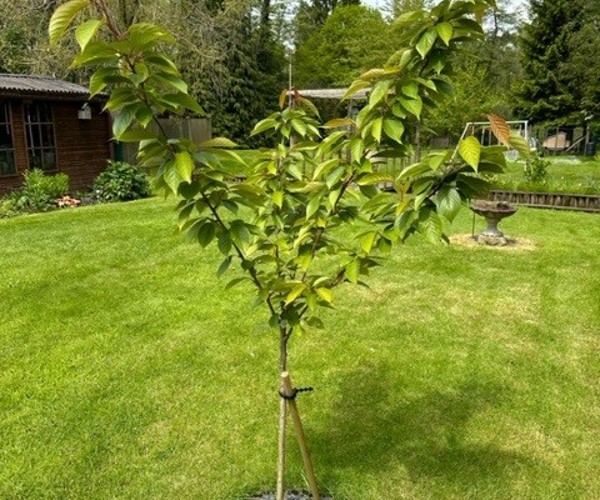

1. Beautiful (and tasty!) blossoms
As well as creating a stunning display in spring, fruit tree blossom provides an important nectar source to pollinators. Trees like cherry, plum, and almond come into bloom in late winter/early spring, with some flowering as early as January, so hungry pollinators will gratefully flock towards them!
2. Free food
Fruit trees provide fresh, free, local food. Community orchards are planted so everyone can benefit from them. We aim to plant our orchards in urban areas that experience food poverty, bringing food to people that need it most.
3. Low maintenance
Compared to other forms of food-growing, fruit trees are relatively low-maintenance. You can usually get a good crop if you water regularly and prune once a year. This is especially useful for someone that might not have time to dedicate to maintaining a vegetable garden.
4. Priority habitats
Fruit trees become “veterans” earlier than other trees. This means that an apple tree can develop rot holes and decaying wood at the age of 50, whereas an oak may need to grow to 300 before it has the same features. Old trees have cosy hollows for birds to nest in, and deadwood and fungi for insects to feast on, making them biodiversity havens.
5. Small and mighty
Fruit trees are available in a wide range of sizes, depending on their rootstock. That means you can choose to plant a tree that will grow big, if you have the space, or you can plant one on dwarfing rootstock that won’t grow very tall. Dwarfing fruit trees can be planted in smaller spaces, such as city gardens, but will need more looking after.
6. Thirst quenching!
If you get a surplus fruit crop, you can contribute to the ‘slow food’ revolution by preserving fruit for the rest of the year. Here at The Orchard Project, we help to bottle that delicious freshness in the form of cider, with donations from the sales going towards supporting community orchards.

